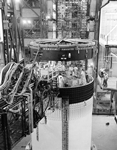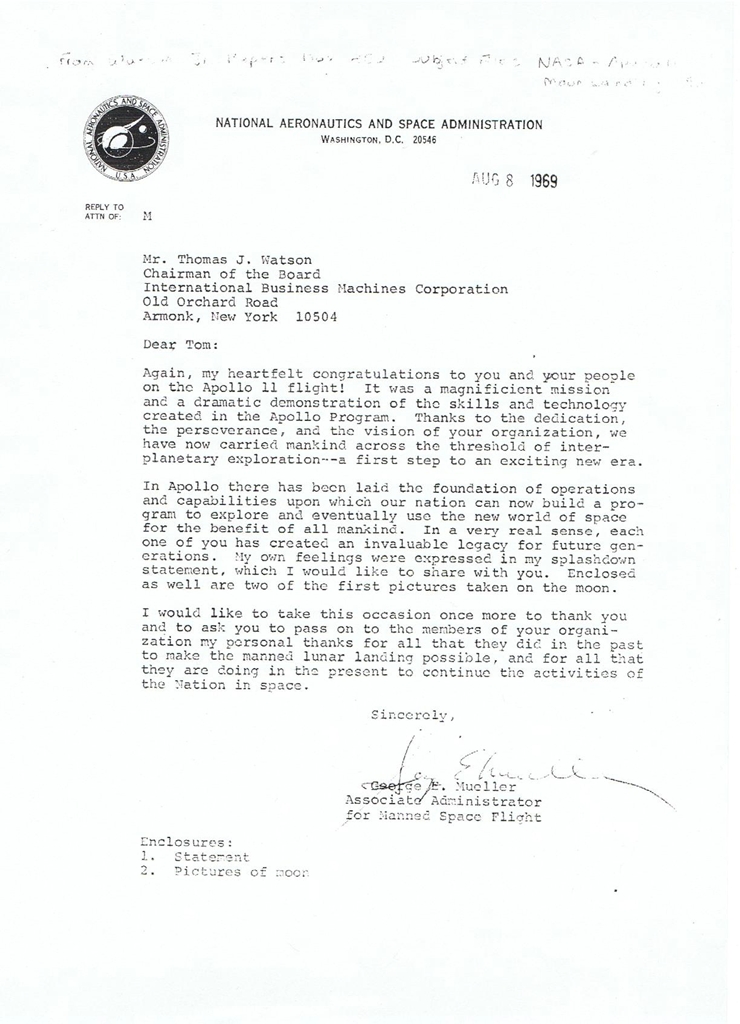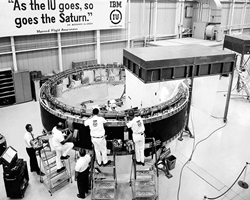50 Years Since Apollo 11
July 1969 also saw the first moon landing by the crew of Apollo 11. Nasa upgraded its ground-based IBM mainframes in 1968, the year before Apollo 11, to an IBM System/360 Model 50, which cost USD45K per month to rent. IBM also built the Instrumentation Ring or Instrument Unit (IU) to a NASA design. This was placed on the top of the third stage of the Saturn V and contained all the guidance, control and sequencing hardware for the main launch vehicle. This was largely developed in Federal Systems Division and built in Huntsville, Alabama. The IU was the nerve centre for the launch vehicle, determining when to fire the rocket motors, when to jetisson them and where to point them. Equipment included devices to sense altitude, acceleration, velocity and position, and the computer that laid out the desired course and give instructions to the engines to steer Saturn V on that course.
 The IU weighed a little over 2 tons, with a diameter of about 6 Metres and a height of one metre. The electronics were liquid cooled using a water / methanol mix. There were three sub-systems in the IU: Launch Vehicle Digital Computer (LVDC), Launch Vehicle Data Adapter (LVDA) and an analogue flight computer. LVDC hardware had a 2.0448 MHz clock and 32K x 28-bit RAM.
The IU weighed a little over 2 tons, with a diameter of about 6 Metres and a height of one metre. The electronics were liquid cooled using a water / methanol mix. There were three sub-systems in the IU: Launch Vehicle Digital Computer (LVDC), Launch Vehicle Data Adapter (LVDA) and an analogue flight computer. LVDC hardware had a 2.0448 MHz clock and 32K x 28-bit RAM.

There's an interesting article from the BCS here, covering other aspects of the computing used for the moon landings. We have also produced our own trifold which can be downloaded here.


